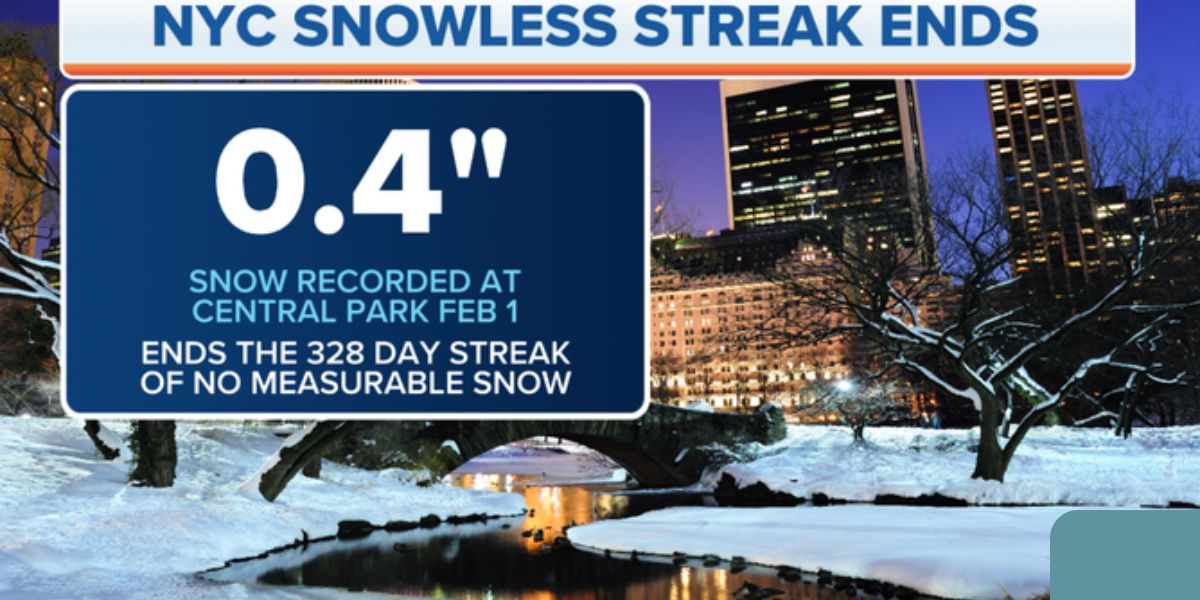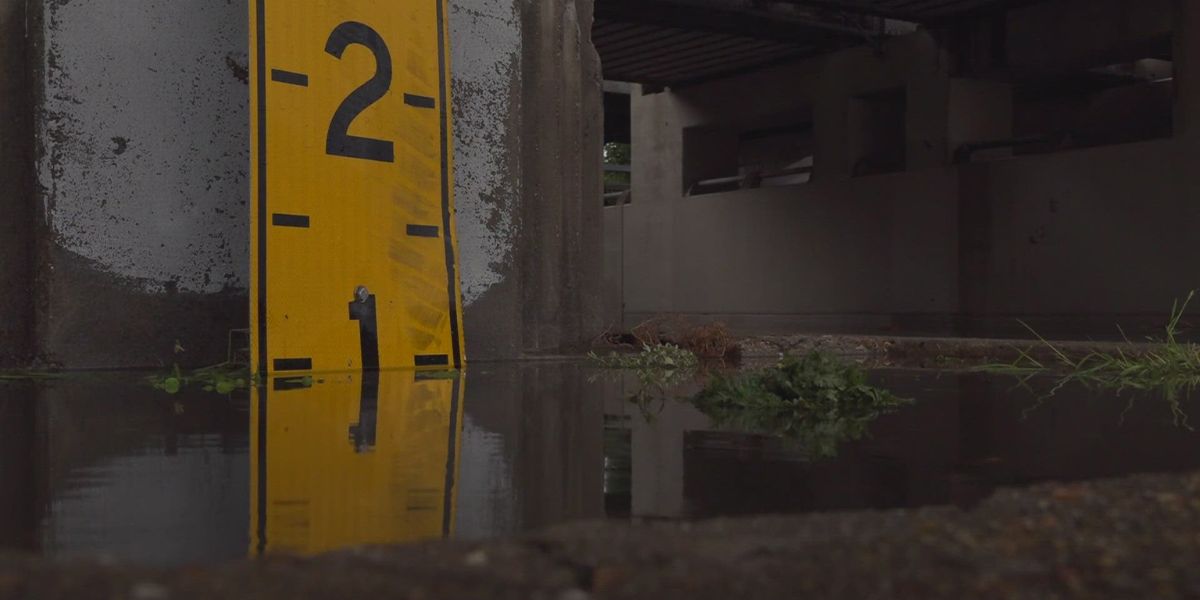MJP –
As winter approaches, Californians are looking ahead to what this season will bring in terms of weather, temperatures, and potential disruptions.
From snowy mountain peaks to wet coastal storms, the Golden State is known for its diverse climate, and this year is shaping up to be no exception. Here’s a breakdown of the key weather patterns predicted for winter 2024 in California.
1. Wet and Wild: Strong El Niño Impacts Expected
One of the most significant weather influences this winter will be the development of a strong El Niño event, which typically brings wetter-than-usual conditions to California. The phenomenon is caused by warmer-than-average sea surface temperatures in the Pacific Ocean, which can alter atmospheric patterns and lead to increased rainfall.

According to meteorologists, California is expected to see above-average precipitation, especially in the southern and central parts of the state. Coastal areas like Los Angeles, San Diego, and Santa Barbara could experience more rain and higher-than-normal storm activity, while Northern California will see more frequent and intense storms throughout the season. This wet weather could result in potential flooding in some regions, especially in areas already vulnerable to wildfires and drought conditions.
2. Snow in the Sierra Nevada and Mountain Regions
The Sierra Nevada and other mountain ranges across the state are expected to receive significant snowfall this winter due to El Niño. Ski resorts in popular destinations such as Lake Tahoe, Mammoth Lakes, and Big Bear Lake are preparing for a busy season as more snow is anticipated at higher elevations.
Upcoming Storm to Bring Big Changes to Central California’s Weather Outlook
For snow lovers, this means good news for ski and snowboard enthusiasts, with deeper snowpacks expected to fill up resorts and offer ideal conditions for winter sports. However, with increased snowfall also comes the risk of avalanches and winter storms that could disrupt travel and necessitate extra caution in the mountains.
3. Milder Temperatures Along the Coast
While the mountains may see a colder-than-usual winter, coastal regions of California are likely to experience milder temperatures. Cities like San Francisco, San Diego, and Monterey will see relatively moderate temperatures compared to the harsh winters of inland areas.
Winter temperatures in these regions are expected to hover around average, with highs ranging from the upper 50s to low 60s (°F) during the day and cooler evenings. The mild conditions will likely bring relief after a scorching summer, but residents should prepare for more frequent rain showers or light storms moving in from the Pacific.
4. Drought Relief for Some Areas, But Ongoing Concerns for Others
The wet weather brought by El Niño could provide much-needed drought relief for parts of California, particularly in regions like the Central Valley and Southern California, where long-term drought conditions have strained water supplies. Increased rainfall in these areas will help replenish reservoirs, improve soil moisture, and mitigate some of the ongoing water scarcity issues.
However, the forecast isn’t all good news. While many areas will see improvement, other parts of the state—particularly areas that have been historically drought-prone—may still face water management challenges, especially if the rain falls too rapidly and causes localized flooding.
5. Risk of Severe Storms and Flooding
Although El Niño is generally associated with wetter conditions, it can also bring a heightened risk of severe storms, including atmospheric rivers that can deliver significant amounts of rainfall in short bursts. These powerful storms can lead to flash flooding, mudslides, and dangerous conditions in regions prone to these natural disasters.
Severe Weather Alert: Flash Flood Warning and Power Outages in Southeast Louisiana
For Californians, this means preparing for potential flooding along rivers, especially in areas that have seen wildfire damage in the past. Wildfires leave behind unstable soil, which makes flood risks more severe in the event of heavy rainfall. Emergency preparedness is key, and residents in flood-prone areas should stay alert for storm warnings and evacuation orders.
6. The Inland Empire: A Mix of Cold and Wet
The Inland Empire, including cities like Riverside and San Bernardino, will experience a combination of cold temperatures and increased rain this winter. While the region typically enjoys dry and warm winters, El Niño is expected to alter this pattern with cooler temperatures and above-average rainfall.
Farmers in the region, known for their agricultural production, will need to monitor the weather closely as rain can both benefit and disrupt their planting cycles. A wetter winter may also reduce the risk of wildfires in these areas, though residents should still be aware of potential landslides in areas affected by previous fires.
Preparing for Winter in California
With such a varied winter forecast, California residents need to be prepared for a wide range of weather events. Here are a few tips for making sure you’re ready for what the season brings:
- Prepare for Storms: Keep emergency kits stocked with essentials such as flashlights, batteries, non-perishable food, and water. If you live in an area prone to flooding or mudslides, know your evacuation routes.
- Monitor Snow Reports: If you plan to travel to the mountains or ski resorts, check snow conditions and road closures regularly. Winter driving in the mountains can be hazardous, so carry tire chains and other necessary equipment.
- Flood Insurance: If you live in a flood-prone area, consider reviewing your flood insurance policy and taking steps to mitigate risks, such as clearing gutters and reinforcing flood barriers.
- Stay Informed: Keep up with local weather forecasts, particularly during periods of heavy rain or storms. Sign up for weather alerts from local authorities to stay informed of any risks or warnings.
Conclusion: A Winter to Watch
California’s winter 2024 is shaping up to be a season of contrasts, with wet weather in some areas and mild conditions in others.
The influence of El Niño promises a mix of snow, rain, and potential disruptions, requiring residents to stay prepared for changing conditions. While the prospect of increased rain may bring drought relief and improved conditions for some, the risks associated with flooding and severe storms make it essential for Californians to stay vigilant and proactive throughout the season.
Whether you’re planning to hit the slopes or stay cozy at home, this winter is one to watch closely—especially as the state braces for the full impact of a strong El Niño.




